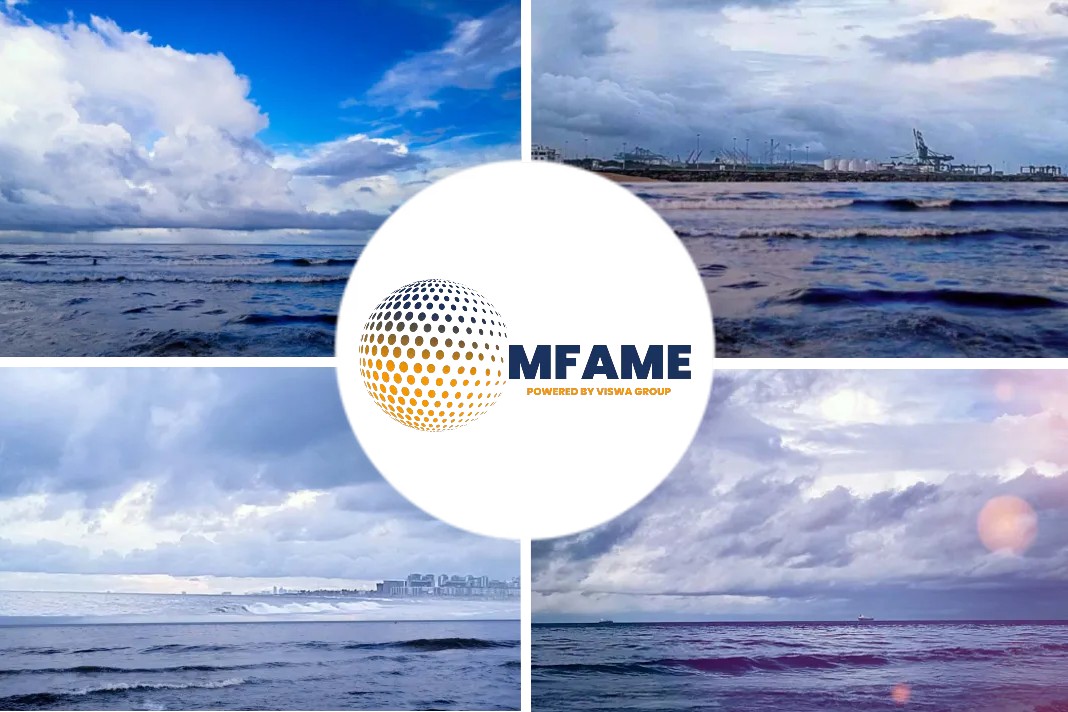
As of Week 29, the MABUX global bunker indices did not show a sustainable trend and changed sideways. The 380 HSFO index fell by 2.15 USD: from 508.46 USD/MT last week to 506.31 USD/MT, approaching the psychological mark of 500 USD. The VLSFO index lost 3.86 USD (605.59 USD/MT versus 609.45 USD/MT last week). Conversely, the MGO index showed an increase of 5.12 USD, rising from 819.65 USD/MT to 824.77 USD/MT. At the time of writing, there was not a firm trend in the market.
Global Scrubber Spread
The Global Scrubber Spread (SS) – the price difference between 380 HSFO and VLSFO – continued to decline and breached the SS break even line of $100 for the first time since October 13, 2021. The reduction amounted to $1.71, with a value of $99.28 compared to $100.99 in the previous week. Additionally, the weekly average also decreased by $2.47. Conversely, in Rotterdam, the SS Spread witnessed a slight increase, rising from $60.00 to $70.00, representing a gain of $10.00. The average weekly value of SS Spread in Rotterdam remained nearly unchanged, with an increase of only $0.16. In Singapore, the price difference between 380 HSFO and VLSFO continued to decrease, reaching minus $8.00 ($74.00 versus $82.00 last week).
Europe’s natural gas stockpiles are at elevated levels and on track to be full sooner than planned. This gives governments and industries confidence that last year’s energy crisis will not be repeated. The benchmark natural gas prices are one-tenth of the records seen last summer when Russia slashed pipeline supply to Europe. Ahead of the 2023/2024 winter, Europe can only hope for another winter of milder temperatures without prolonged periods of freezes that would boost demand for heating and for gas-fired power generation.
Changes In Bunker Price
The consistent underpricing of all fuel types in the key ports indicates that the changes in bunker prices are lagging behind the trends observed in oil futures dynamics in the global fuel market. For further information on the correlation between market prices and the MABUX digital benchmark, please refer to the “Digital Bunker Prices” section on mabux.com. According to the NGO Transport & Environment (T&E), European shipping emissions grew 3% year-on-year in 2022, hitting a ‘three year high’ and ‘edging closer to pre-pandemic levels’, Cruise ship emissions in 2022 were up significantly on the year before while ‘a high number of vessels transporting LNG contributed to driving up emissions’. T&E also noted that ships visiting European ports emitted nearly 130 million tonnes of CO2 in 2022, with cargo ships responsible for the bulk of the emissions.
Bureau Veritas VeriFuel published the report on fuel quality trends for very low sulfur fuel oil (VLSFO), DMA 0.10% and high sulfur fuel oil (HSFO). HSFO: the global average for off-spec fuel in Q2 was 2.2%, a slight increase from the 1.7% posted in Q1 2023. In terms of the monthly average for off-specs, May was notably high in Q2 at 4.2%. The principal causes of off-spec fuel in Q2 were water content, followed by density and viscosity. As for port averages for the last quarter, ports to highlight include Algeciras, where Al+Si (cat fines) content was 32, compared to 15 and 12 in Q1 and Q4 2022, respectively. Viscosity was lower at Klaipeda (223) in comparison with 355 (Q1 2023) and 371 (Q4 2022). DMA 0.10%: the global quarterly average for off-specs was 2.7%, a slight fall from 3.2% in Q1, and the main causes were seen to be appearance (not clear and bright) and water content.
Did you subscribe to our daily newsletter?
It’s Free click here to Subscribe
Source: Globalmaritimehub














![[Watch] Crazy Power Needed to Move World’s Largest Containerships](https://mfame.guru/wp-content/uploads/2023/11/mfame-tanker-100x70.jpg)

